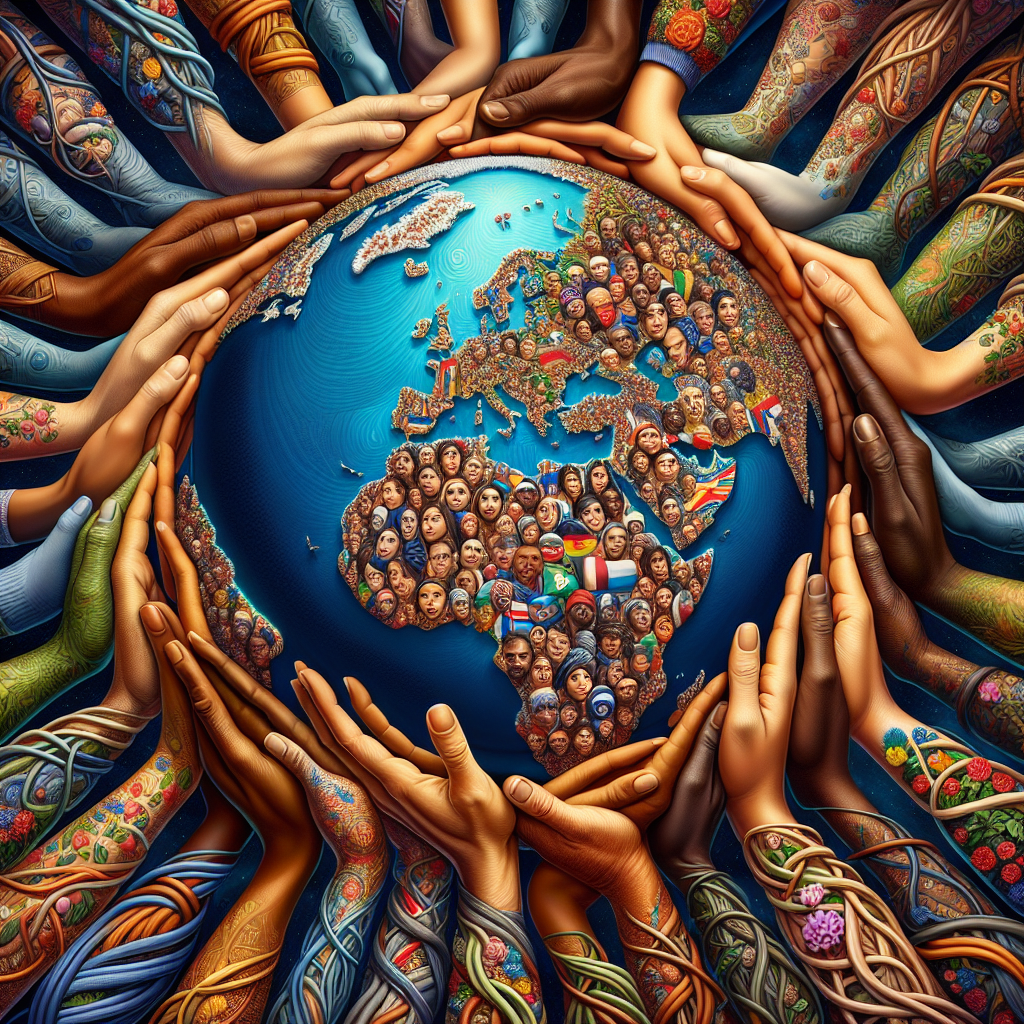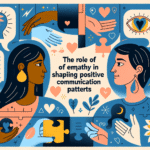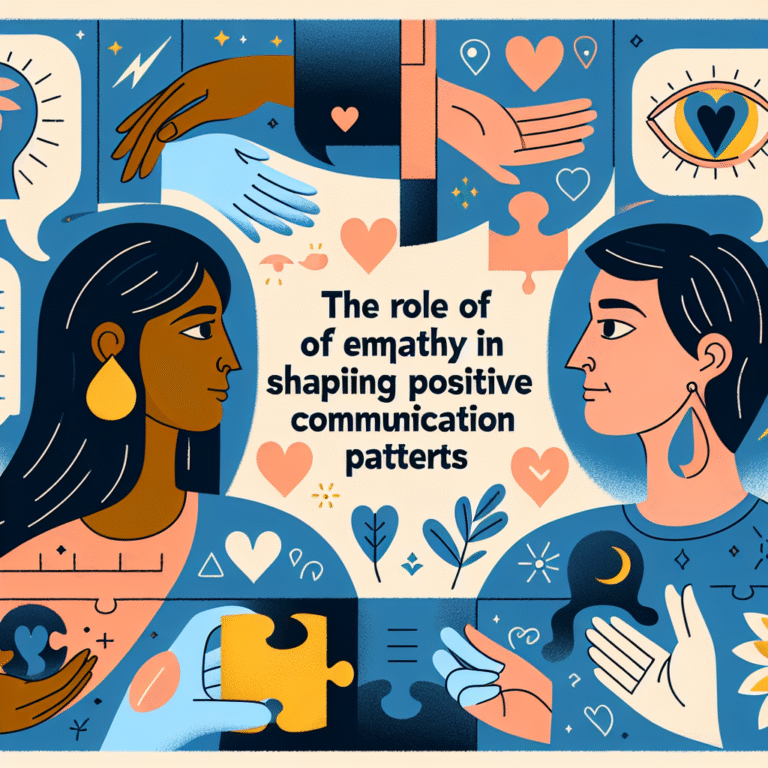
Introduction
In an ever-connected world brimming with challenges, the notion of global compassion emerges as a beacon of hope. As crises unfold—be it due to war, natural disasters, or health emergencies—individuals across the globe are stepping up, proving that unity can pave the way for positive change. This article dives deep into the essence of Global Compassion: How Citizens Worldwide are Uniting for Humanity, shedding light on inspiring stories, initiatives, and the power of collective action.
A New Dawn of Unity: Understanding Global Compassion
The Essence of Global Compassion
Global compassion transcends geographical boundaries, merging human experiences into a collective consciousness. It’s not just about empathy; it’s about action. From grassroots movements to international organizations, more citizens are rising to the challenge. But what drives this compassion?
- Shared Humanity: The realization that beneath our differences, we all share similar needs and aspirations ignites compassion.
- Digital Connectivity: The internet has made it easier for individuals to come together, share stories, and mobilize resources, fostering a sense of community.
- Crisis as a Catalyst: Many initiatives are born out of desperation, where citizens respond to immediate needs, highlighting the urgency of global compassion.
Historical Context: A Tapestry of Collective Action
Throughout history, there have been pivotal moments where humanity has shown remarkable acts of unity. The aftermath of World War II saw the establishment of the United Nations, emphasizing global cooperation. From the Civil Rights Movement to climate change awareness, the narrative of collective compassion continuously evolves.
Case Study: The 2010 Haiti Earthquake
The 2010 earthquake in Haiti serves as a poignant example of global compassion in action. Following the earthquake, citizens and organizations worldwide rushed to provide aid.
- Global Fundraising Efforts: Platforms like YouTube and social media became instrumental in raising millions within days.
- Volunteer Mobilization: Thousands of volunteers traveled to Haiti, forming medical camps and rebuilding communities.
Analysis
The unprecedented global response not only showcased compassion but highlighted the efficacy of modern communication in mobilizing effective aid instantly.
The Role of Technology in Fostering Global Compassion
Digital Activism: A New Frontier
In today’s digital age, activism has taken a new form. Social media campaigns like #BlackLivesMatter or #MeToo are prime examples of how online platforms can bridge gaps and amplify voices.
Impact on Global Compassion Initiatives
- Virality: Campaigns can spread rapidly, garnering international attention and prompting action.
- Crowdfunding Platforms: Sites like GoFundMe and Kickstarter have enabled individuals to raise funds for humanitarian causes efficiently.
Case Study: The Ice Bucket Challenge
What started as a challenge among friends to raise awareness for ALS, the Ice Bucket Challenge turned into a worldwide phenomenon.
- Engagement: Participants filmed themselves pouring ice water over their heads, challenging others to do the same and contribute to ALS research.
- Outcome: The initiative raised over $220 million globally, significantly boosting research funding.
Analysis
The Ice Bucket Challenge exemplifies global compassion through creativity and demonstrates how leveraging social media can lead to substantive change.
Community Initiatives: The Heartbeat of Global Compassion
Grassroots Movements
Change often starts at the community level. Grassroots movements empower individuals to take charge of local challenges, demonstrating that global compassion often begins with small, meaningful actions.
- Neighborhood Assistance Programs: Initiatives to help the elderly, the disabled, or low-income families often sprout from local communities.
- Environmental Clean-Up Projects: Citizens organizing clean-up drives for parks and beaches exhibit a shared responsibility for the planet.
Case Study: The MLK Day of Service
Every year, people come together on Martin Luther King Jr. Day in the United States to engage in community service, reinforcing the values of unity and compassion.
- Volunteer Hours: In 2021, over 1 million volunteers participated, making a significant positive impact in their communities.
Analysis
These initiatives showcase how community-driven projects can inspire collective action leading to widespread societal change.
The Power of Non-Profits and NGOs
Organizations like Doctors Without Borders and the Red Cross are embodiments of global compassion, bridging the gap between need and action.
- Mobile Clinics: Deploying medical aid to war-torn or disaster-stricken regions.
- Education Initiatives: Providing educational resources where access is limited.
Case Study: TOMS Shoes
With their "One for One" model, TOMS Shoes donates a pair of shoes to a child in need for every pair purchased.
- Global Impact: The company has donated over 100 million pairs of shoes globally.
Analysis
TOMS’ innovative approach to business effectively intertwines compassion with consumerism, showcasing how businesses can contribute to humanity on a large scale.
Global Compassion in the Face of Crisis
Humanitarian Responses to Natural Disasters
In the face of crises, such as natural disasters or pandemics, global compassion becomes palpable.
- International Aid: Countries worldwide mobilize resources for affected regions.
- Grassroots Movements and Local Actions: Citizens organize donations and volunteer to help their neighbors and communities.
Case Study: COVID-19 Response
During the COVID-19 pandemic, various individuals and organizations created networks to support those in need.
- Mask-Making Initiatives: Many people started making masks, contributing to public health efforts.
- Food Distribution: Community members organized food drives, emphasizing the necessity of collective support.
Analysis
The pandemic illustrated that a crisis could galvanize global compassion, uniting citizens irrespective of borders to support humanity at large.
Education and Awareness: Igniting Global Compassion
The Role of Education in Fostering Empathy
Education systems worldwide are increasingly recognizing the importance of teaching compassion and empathy.
- Curriculum Development: Schools are integrating social-emotional learning (SEL) into their curricula.
- Global Citizenship Programs: Initiatives aim to cultivate a mindset oriented toward global responsibility.
Case Study: Global Citizens Movement
This movement raises awareness about global issues and encourages people to take action through education.
- Annual Festivals: Events like the Global Citizen Festival showcase artists and speakers, driving action on critical global issues.
Analysis
Educational efforts speak volumes about a society’s commitment to fostering a culture of global compassion among future generations.
The Economic Impact of Collective Compassion
Compassion as a Driver for Change
When consumers choose to support compassionate brands or initiatives, they not only express their values but also drive economic change.
- Fair Trade Products: A growing preference for ethically produced goods highlights a commitment to global compassion.
- Philanthropic Investments: Businesses are increasingly dedicating resources to social causes, demonstrating that compassion can co-exist with profit motives.
Case Study: Patagonia
Patagonia is renowned for its commitment to sustainability and ethical practices, donating a significant percentage of its earnings to environmental causes.
- Consumer Engagement: Its approach resonates with consumers who prioritize global compassion in their purchasing decisions.
Analysis
The economic implications of global compassion are profound, showing that ethical consumption can lead to tangible change in society.
Conclusion: The Call to Action
The movement of Global Compassion: How Citizens Worldwide are Uniting for Humanity is not merely a trend; it’s a testament to our capacity for empathy and collective action. The stories of individuals and organizations mobilizing for humanitarian causes reflect the potential we hold when we unite for a common purpose.
As we engage with this global narrative, consider what steps you can take. Whether it’s supporting local initiatives, volunteering your time, or simply spreading awareness, every action counts. Together, we can amplify our efforts and ensure that compassion remains at the forefront of our global consciousness.
FAQs
1. What does global compassion mean?
Global compassion refers to the empathetic response and collective action taken by individuals worldwide to address humanitarian needs, transcending boundaries of nationality, race, or social status.
2. How can I contribute to global compassion?
You can contribute by volunteering, donating, raising awareness about humanitarian issues, or supporting organizations that promote global compassion.
3. Why is technology important in promoting global compassion?
Technology facilitates communication, allowing people to share stories, organize efforts, and mobilize resources instantaneously, which amplifies the impact of compassionate initiatives.
4. Are there practical examples of global compassion?
Yes, initiatives like the Ice Bucket Challenge, the response to the Haiti earthquake, and community-led food drives during the COVID-19 pandemic exemplify how global compassion manifests in real scenarios.
5. How can businesses show global compassion?
Businesses can embrace corporate social responsibility, adopt ethical practices, and support humanitarian initiatives, aligning their actions with values that promote global compassion.
By embracing and fostering Global Compassion: How Citizens Worldwide are Uniting for Humanity, we can shape a future that harmonizes unity and empathy. Together, we have the potential not just to respond to crises, but to envision a world where compassion is at the core of our interactions.

















